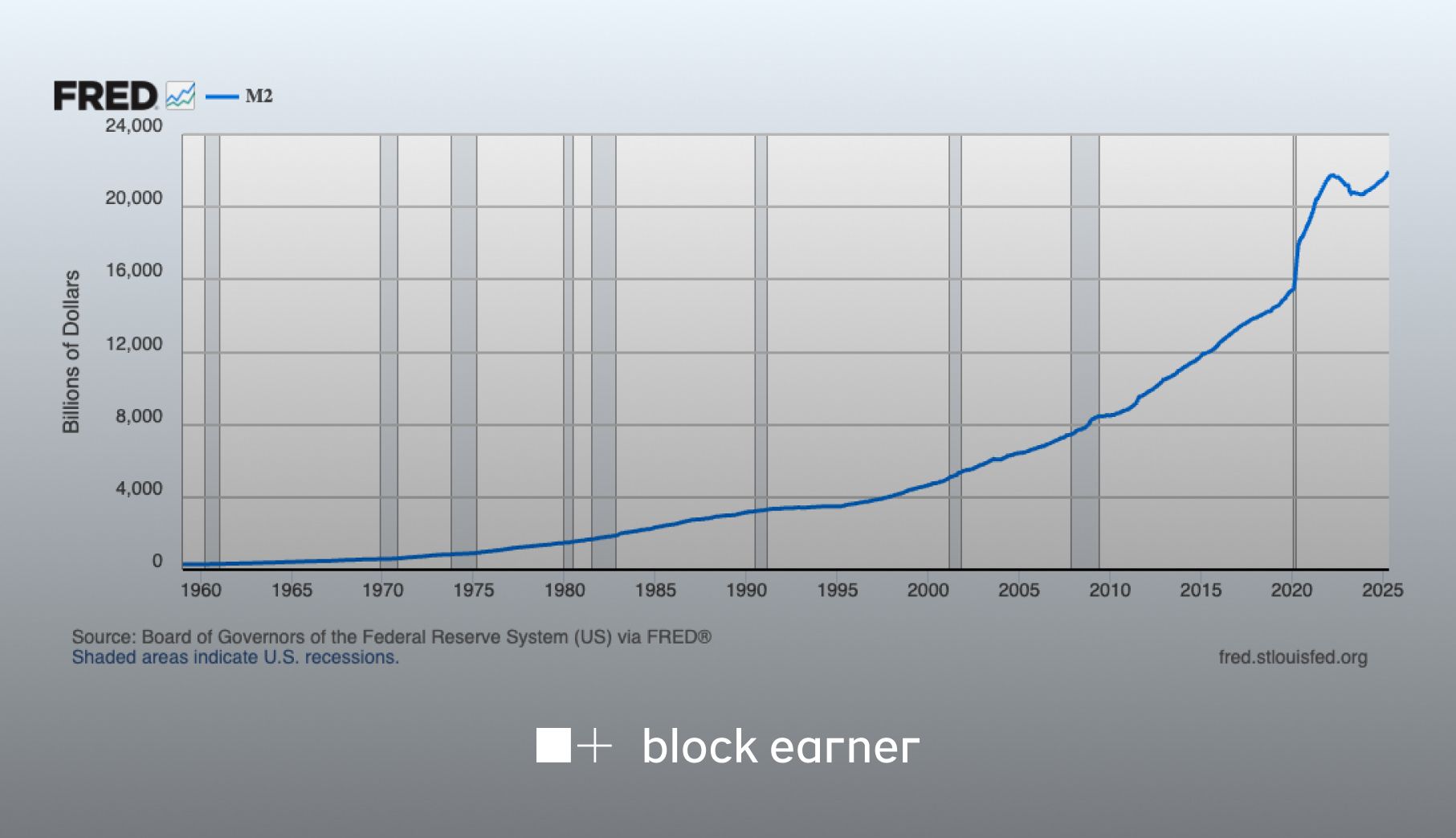Interest rates, and the way they are applied to DeFi investments, are different from what you might be used to in the traditional finance world.
Terms like APR (annual percentage rate) and APY (annual percentage yield) are methods of calculating interest earned on investments and are commonly seen in the world of DeFi investments - but what do they mean, and how are they different from each other?
Before you invest in DeFi, it’s helpful to understand what these terms mean so that you can understand what kind of returns you’ll receive, and choose the best DeFi investment options based on your needs.
In this article, we’ll explore the following questions:
- What Is APR?
- What Is APY?
- What Is The Difference Between APR And APY?
What Is APR?
APR is a term traditionally applied to money you’ve borrowed, typically for things like credit cards, personal loans, and home loans.
When an APR is applied to credit products, it indicates the percentage of interest you have to pay for the amount you’ve borrowed and is usually inclusive of any other fees and charges that apply to the credit you’ve borrowed. When APR is applied to money you’ve borrowed, the lower the rate is, the less it will cost you in interest charges.
In the world of crypto and DeFi, the annual percentage rate (APR) is the rate of interest an investment will earn in a year. APR (sometimes known as simple interest), is calculated on the principal amount of your investment and does not include any compounding interest.
How Is APR Calculated?
APR in crypto and DeFi is calculated using the following formula:
APR = Periodic rate x number of periods in a year
For example, if you invested $5000 for 1 year at an APR of 10%, the balance of your investment at the end of the 1 year period would be $5500. This balance is made up of your principal investment of $5000, and the $500 your investment has earned at a rate of 10% p.a.
What Is APY?
The annual percentage yield (APY) is the amount of interest your investment will earn in one year, including compound interest, expressed as a percentage rate. Generally speaking, the higher the APY and the more frequently it compounds, the higher you can expect your returns to be. In the world of DeFi, APY is a great way to earn passive income.
For example, if you invested $5000 for 1 year at an APY of 10%, compounded daily, the balance of your investment at the end of the 1-year investment period would be $5525.78.
The effect of compounding interest allows you to earn interest on the interest your capital generates, which means that you can expect a bigger return on your investment. By simply choosing an investment account that harnesses the power of compounding interest and calculates your returns by using APY, you can make your money work harder for you.
What Is Compound Interest?
Compound interest is calculated using the principal amount of the loan, plus the interest that has accumulated over previous periods. Compound interest is the interest of an investment, calculated based on both the initial principal invested and the accumulated interest from previous periods.
The formula for calculating compound interest is as follows:
Compound Interest = P[(1+r)^n – 1]
P = Total principal r = interest rate n = length of investment (in years)
An easier way to calculate compound interest is to use a compounding interest calculator.
Understanding the effects of compound interest and using a calculator to calculate your potential returns is a great way to gain a deeper understanding of the true returns of an investment product, and will help you decide if a particular investment is the right one for you.
What Is The Difference Between APR And APY?
The difference between APR and APY is compounding interest - a difference that can make a significant impact on the returns of your investments. The returns on an investment with an APR generally are lower than an investment that calculates your returns using APY, because you only earn interest on the principal investment amount.
Here’s an example that illustrates the difference in returns between APR and APY, and shows just how powerful compounding interest can be:
If you invest $5000 at an APR of 7%, the return on your $5000 investment after one month would be $29.17
If you were to instead invest that $5000 at an APY of 7% (interest compounded daily), the return on your investment after one month would be $29.25.
The early returns of APR and APY are similar, but compounding interest grows exponentially, while the returns of APR are linear. In addition to this, the longer you invest with APY, the greater this growth will be.
The image below shows this difference, and the power of compounding interest on the growth of the returns of an investment with an APY vs APR.
Image courtesy of Corporate Finance Institute
Download our app now via the Apple App Store or Google Play, to open an account and start earning daily compounding yields today!


